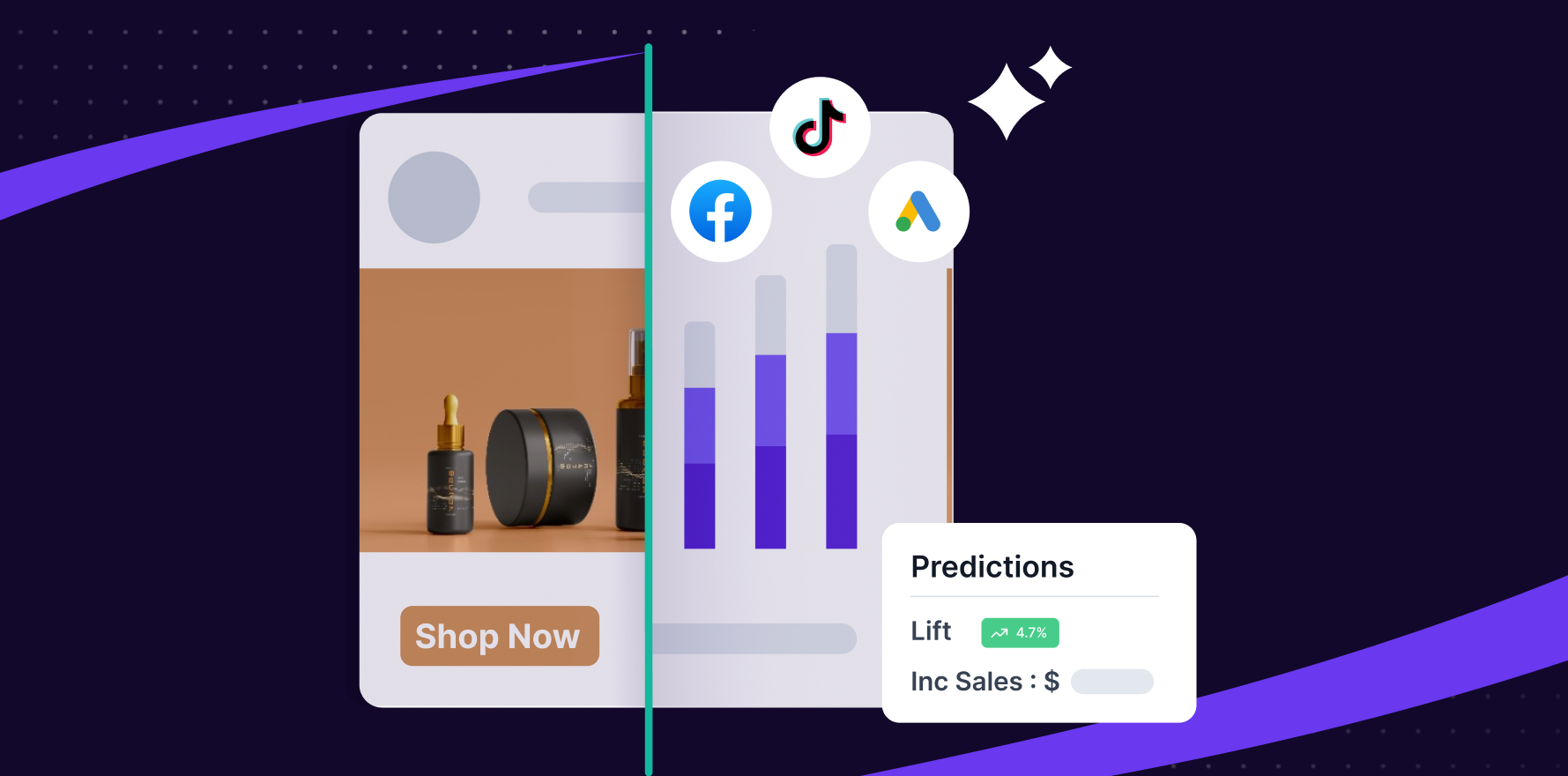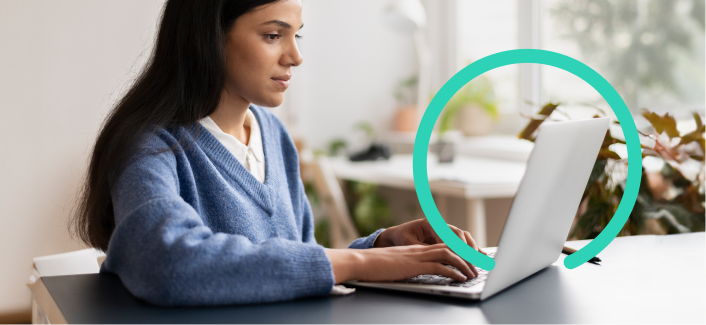What is Price elasticity of demand?
Price elasticity of demand (PED) is a critical concept in economics that quantifies how the quantity demanded of a product changes in response to a change in its price. In simpler terms, it evaluates how sensitive the demand for a product is to fluctuation in its price. This responsiveness or elasticity is gauged by the percentage change in quantity demanded divided by the percentage change in price.
Formula
Price elasticity of demand = (Change in Quantity Demanded) / (Change in Price)
Example
- Suppose the price of an item drops by 10%, and in response, the quantity demanded rises by 20%. Then, the PED would be calculated as:
- Price elasticity of demand = 20%/ (-10%) = -2.
- The negative sign indicates the inverse relationship between price and demand, known as the “law of demand.”
Why is Price elasticity of demand important?
Understanding price elasticity is vital for ecommerce businesses to optimize pricing strategies. It helps to make informed decisions about whether increasing or decreasing the price of a product would lead to a rise or fall in total revenue.
Which factors impact Price elasticity of demand?
Several key factors impact a product’s price elasticity. These factors include the availability of substitute goods, level of necessity, product’s price relative to income, the time period consumers have to react to a price change, and consumers’ preference or taste.
How can Price elasticity of demand be improved?
Price elasticity can be influenced by various strategies such as brand positioning, enhancing product value, and properly segmenting the market. By fostering brand loyalty, ecommerce businesses can make their products less price sensitive, thus reducing their price elasticity.
What is Price elasticity of demand’s relationship with other metrics?
The price elasticity of demand doesn’t operate in a vacuum. It is closely linked to other ecommerce metrics like customer lifetime value (CLTV), average order value (AOV), and conversion rates. For instance, a product with high price elasticity may have lower conversion rates if prices are increased, which can negatively affect CLTV and AOV.
Free essential resources for success
Discover more from Lifesight
























































